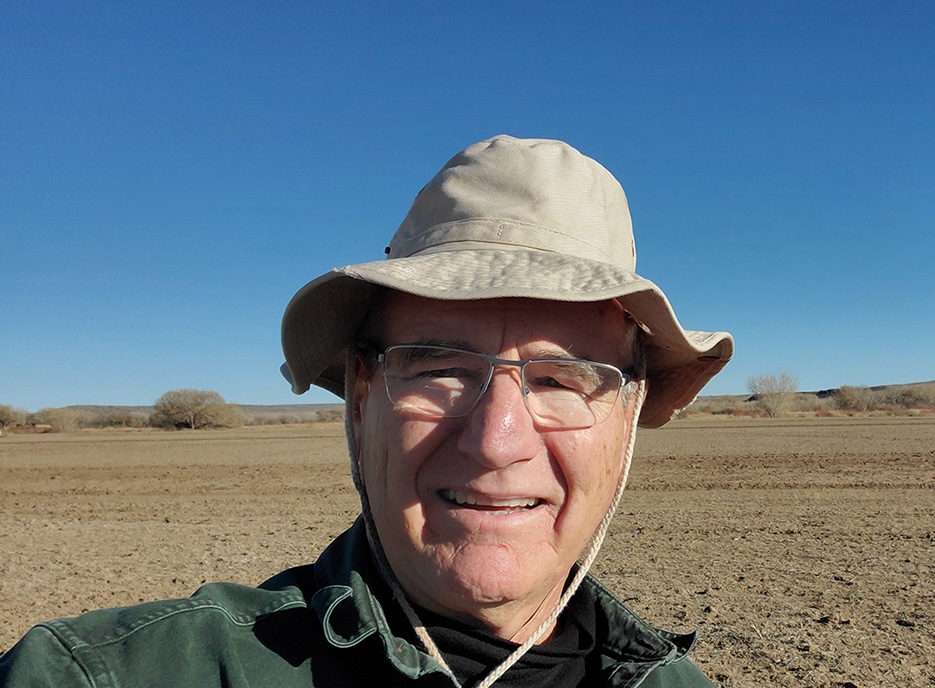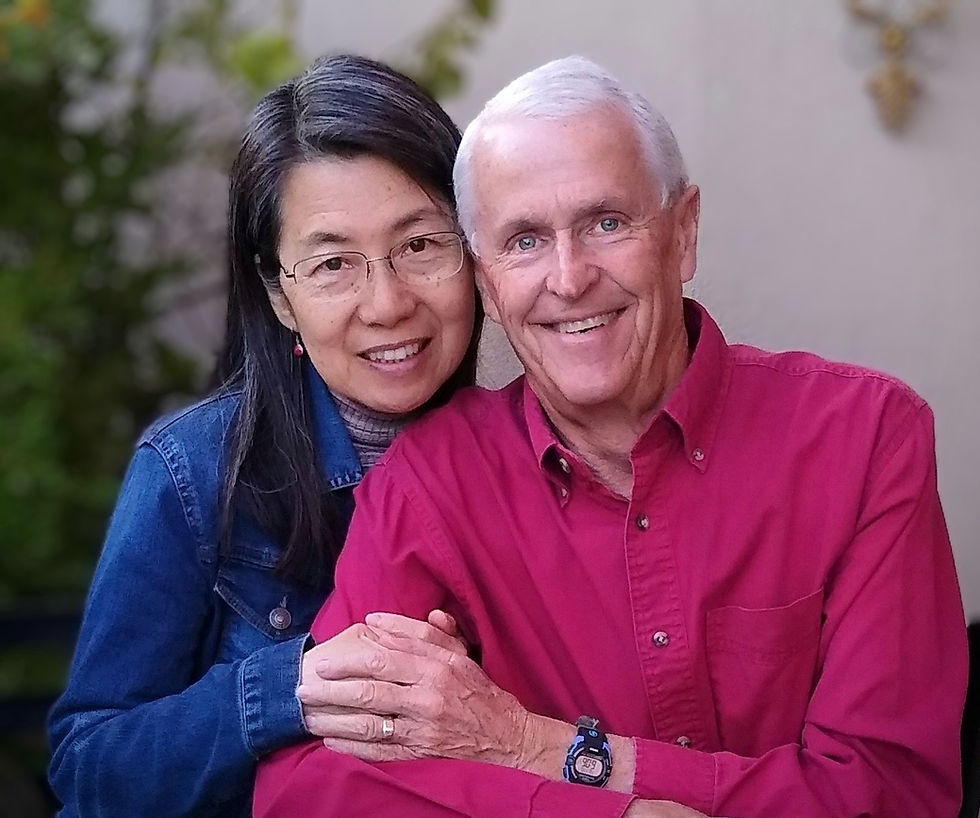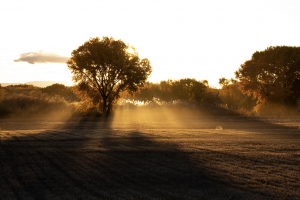


Don Boyd spent a year on the Bosque del Apache National Wildlife Refuge in central New Mexico, photographing, living, and finding a deep connection to land, water, and animals—including the many migrating birds that live part-time in this magical desert wetland on the Rio Grande. Boyd connected with David and Hui-Chun Johnson, and together they are working with a small team to restore 38 acres on the refuge that have been degraded by “conventional” agricultural practices and invasive plant species. They have completed the first year of the five-year BEAM project (Biologically Enhanced Agricultural Management) using cover-crops, no-till methods, and compost tea, with the goal of creating more self-sustaining, regenerative agricultural fields that provide food for the many wildlife species on the refuge, water conservation, and a model for regenerative practices for other agrarians in New Mexico and beyond.
TIMELINE
4’06 Bosque del Apache is one of the last few wetlands/riparian areas along the Rio Grande in New Mexico, attracting many species of birds
5’19 why they are converting to regenerative agriculture in the fields to feed the wildlife
6’24 corn as a water-intensive crop, and it used so many chemical inputs
7’29 Biologically Enhanced Agriculture Management (BEAM) focuses on the microbiology in the soil to improve agriculture
8’01 mapping out the transition to regenerative
8’28 the process of building soil
10’21 beneficial effects on the water cycle, sequestering water so it doesn’t run off, and doesn’t cause algae blooms
11’49 what migrating birds eat–a very varied diet
12’52 the role and composition of cover crops on the fields
13’54 growing a commodity crop is different from growing for wildlife
14’55 new and different equipment needs, including no-till drill and a roller-crimper
16’45 how this project can affect the other farmers in the surrounding valley
17’50 if the Bosque and other refuges have good food then birds are less likely to take food from neighboring farms because the refuges are safer
18’47 outreach to get the local farmers talking to each other
21’14 role of the Bosque in the water cycle of central NM
24’09 the question of what is refuge, observing nature closely over the course of a year as a artist and a human
25’35 healing the earth and the soil
27’30 people are trying to figure out their role in being good stewards — “good ancestors”
28’52 the importance of hope
29’24 the importance of wildlife refuges
30’29 project in Turkey that David and Hui-Chun are working on
32’22 reducing pesticide, herbicide, and diesel use
33’40 they’ve been increasing soil carbon by 6.6 tons of carbon per hectare per year, cut emissions at every level of the process
34’19 no application of nitrogen fertilizer was needed because of regenerative practices
35’36 return of worms and biodiversity
36’48 goals of project going forward
38’09 maintenance after the project is done
40’21 the economic benefit of a wildlife refuge to the local economy



Subscribe:
Apple Podcasts
Spotify